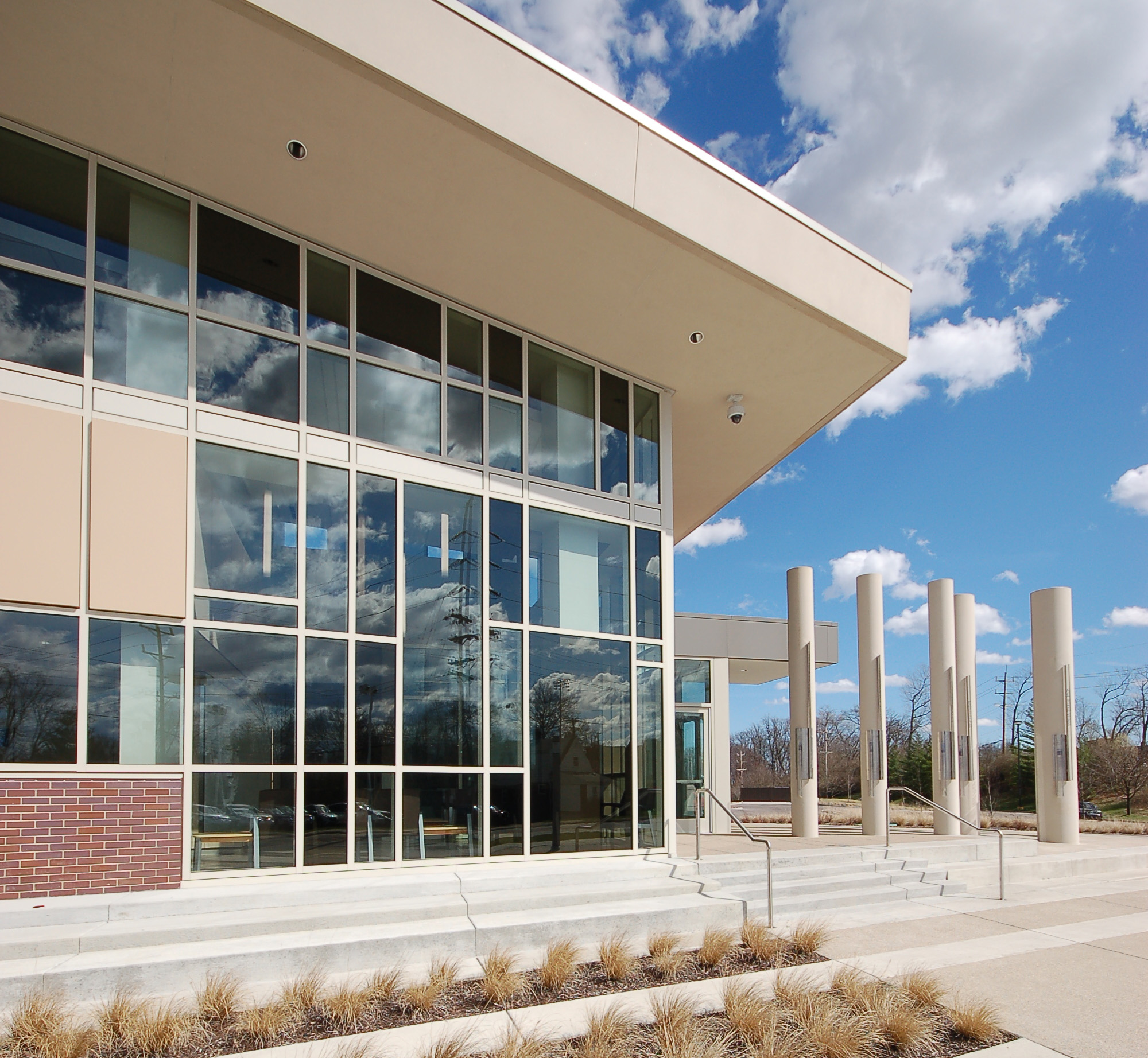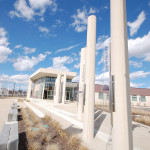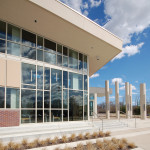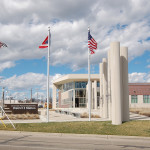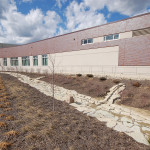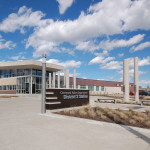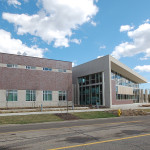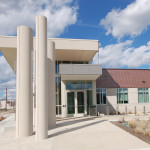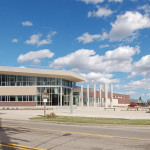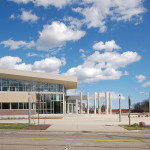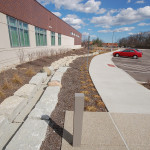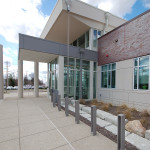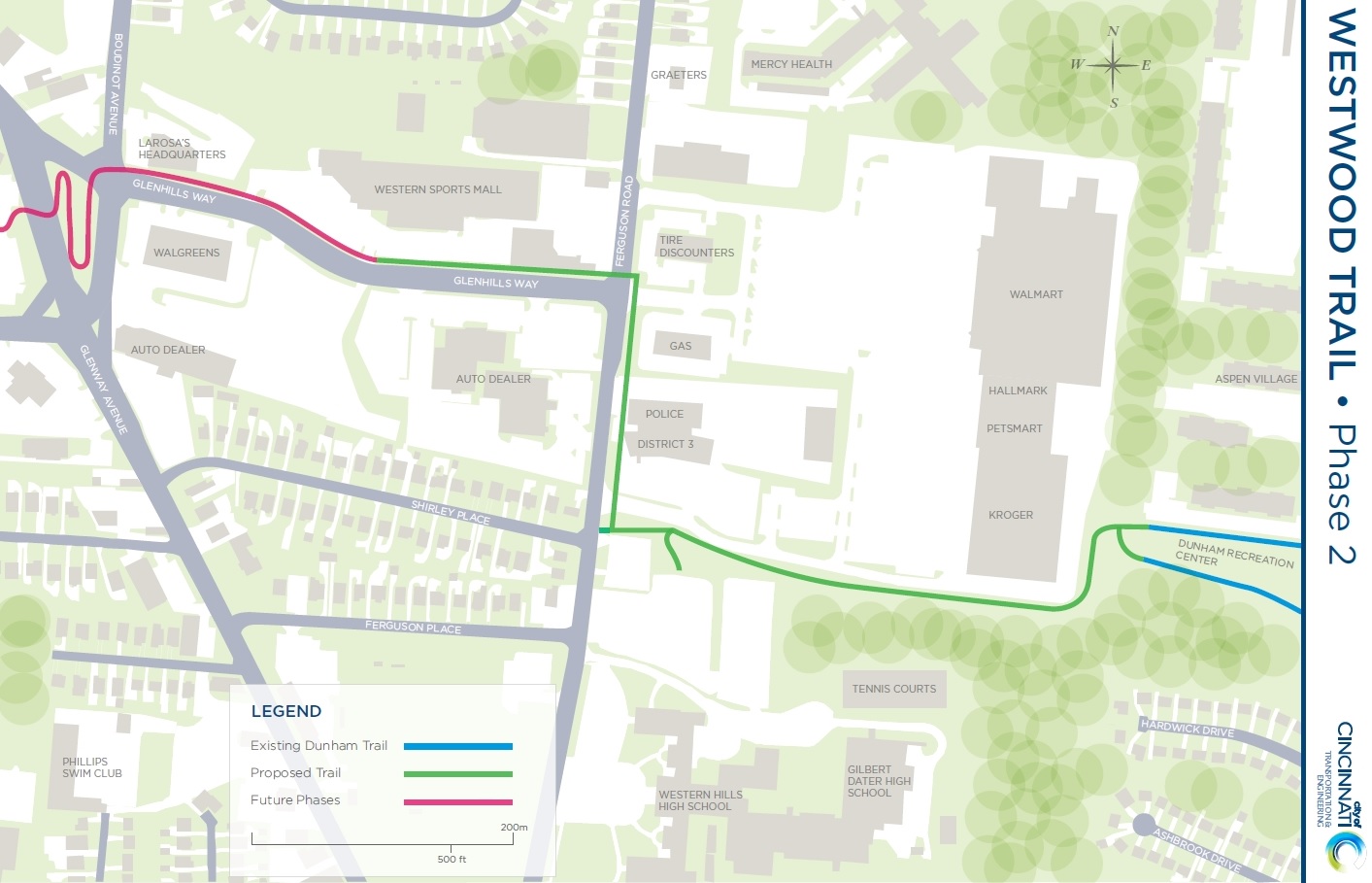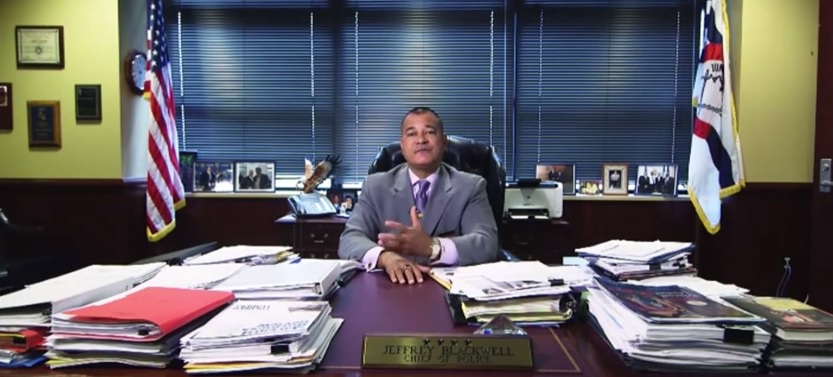Last July the City of Cincinnati opened its first new police station in more than 20 years. Aside from updating and expanding the previous offerings inside a 107-year-old building, the new facility also aimed to create a new community gathering place for the city’s most populous neighborhood, while also achieving net-zero energy consumption.
The 36,000-square-foot facility was built for Cincinnati Police Department’s District 3, which serves 14 west side neighborhoods and some 95,000 residents. The $16 million landmark includes 40 geothermal wells, a 330-kilowatt solar panel system, and high-tech energy zones inside the building for system optimization.
Such investments have resulted in a LEED Platinum certification from the U.S. Green Building Council, the organization’s highest rating, and an energy usage coming in 20% lower than what was originally estimated for the environmentally sound building.
While the District 3 Headquarters is one of America’s most sustainable police stations, it is part of a growing trend where environmentally and economically conscience cities are looking to both reducing their carbon footprint, while also aiding their budgets through lower utility costs.
EDITORIAL NOTE: All 13 photographs were taken by Eric Anspach on March 17, 2016.
